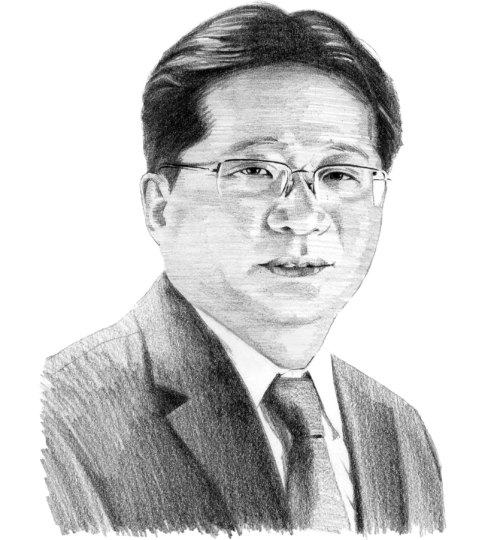Instability and the search for a new equilibrium
Though it is popular to compare today’s geopolitical context to the Cold War, rising nationalism, new technologies and growing instability make it more similar to the pre-World War I era. Can a new balance of power be found before a major catastrophe transpires?
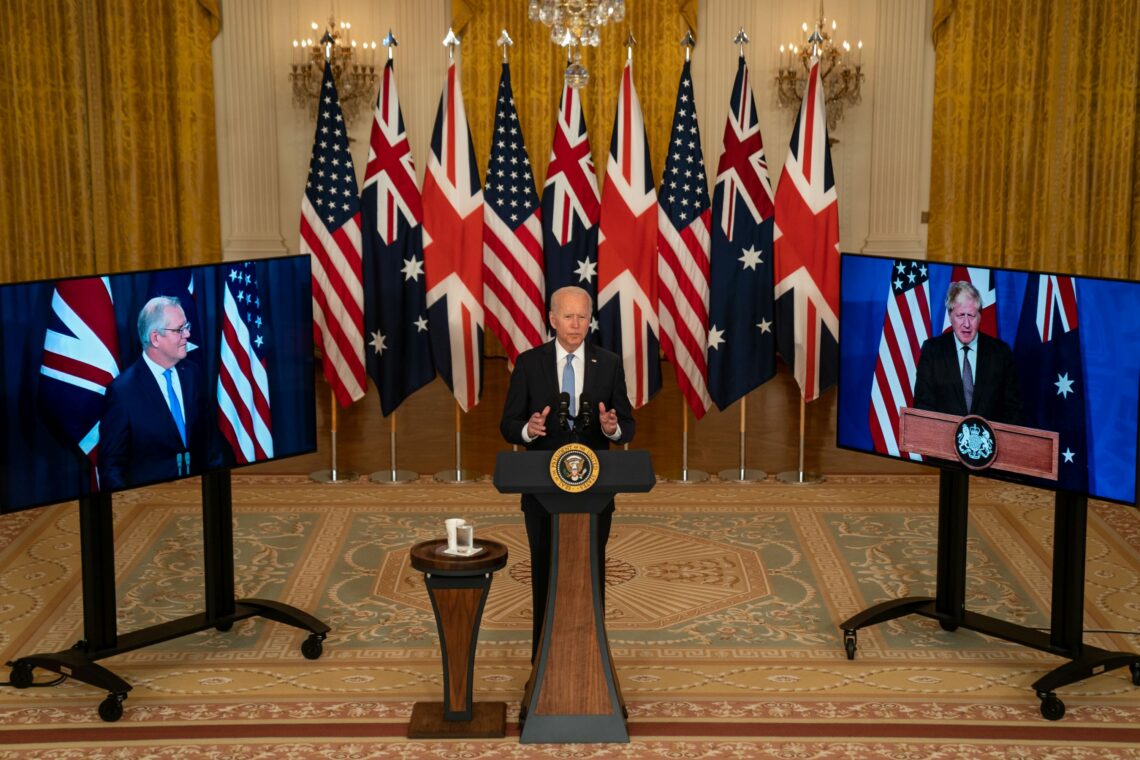
In a nutshell
- Nationalism is on the rise around the world
- Countries are pushing for a new balance of power
- New technologies make anonymous attacks easier to conduct
It is popular to liken the current great power competition to a “new Cold War,” where Russia and China are the enemies of the United States and other Western democracies. That assessment, however, underestimates the enormity of the danger we now face. The current situation is probably even more volatile than that great standoff of the second half of the 20th century.
The Cold War was foremost an ideological rivalry dressed up as a global great power contest. Driven by the goal of proving the supremacy of their systems, the Soviet Union and the U.S. were engaged in a military, economic, cultural and even moral struggle. They sporadically ventured into proxy conflicts on the peripheries of their spheres of influence, but the prospect of mutually assured destruction prevented all-out war.
Ideologically uncommitted
Today, none of the main actors are married to the ideological commitments of the 20th century. In that sense, the “end of the history” has truly arrived. Despite the obvious gap between Russia and the West, the former has elections (though the West considers them not free and fair) and a market economy. If anything, these factors showcase Russia’s preference for those systems rather than for its communist past. Moreover, Moscow tells the rest of the world that it wants to defend “traditional values” and criticizes the West for liberal policies that it says, undermine established religious, social and legal norms. Clearly, what divides Russia from the West today is not an Iron Curtain.
Beijing is not bent on exporting revolutionary ideologies.
China, for its part, has clearly implemented a system of state capitalism – “capitalism” being the operative word. Despite its professed allegiance to Marxism and communism, Beijing is not bent on exporting these or any other revolutionary ideologies. And while the arms race is picking up speed, it is a far cry from the Cold War’s nuclear weapons buildups.
When it comes to today’s economic competition, the players are still, for the most part, following the (albeit weakening) postwar rules of globalization. They have not divided the globe into blocs that hardly interact with each other. If anything, economic ties are deepening. Gas pipelines deliver ever more Russian gas to the European market, while Western companies – including from the U.S. – deliver liquefied natural gas to China. Talk of the West and China “decoupling” has more to do with how intensively the most advanced technologies and information will be shared, rather than erecting nearly impenetrable barriers to trade and investment, as happened during the Cold War.
Weakening institutions
Instead of the bipolar rivalry of the second half of the 20th century, the 2020s resemble the “balance of powers” geopolitics that preceded the horrors of World War I. For one thing, nationalism is on the rise. During the Cold War, Western nations and their allies played by the rules of the Bretton Woods institutions, while “communist internationalism” governed the Eastern Bloc. Today, nationalist tendencies are undermining globalism at international, regional and local levels.
The World Trade Organization’s dispute resolution rules are losing relevance as its most important members take unilateral action. Covid-19 vaccination efforts have shown that multilateral institutions have limited efficacy – mechanisms for bilateral cooperation work quicker. The World Bank and regional development banks are forced to share influence with up-and-coming competitors such as the Asian Infrastructure Investment Bank (AIIB) and financial aid initiatives from individual countries.
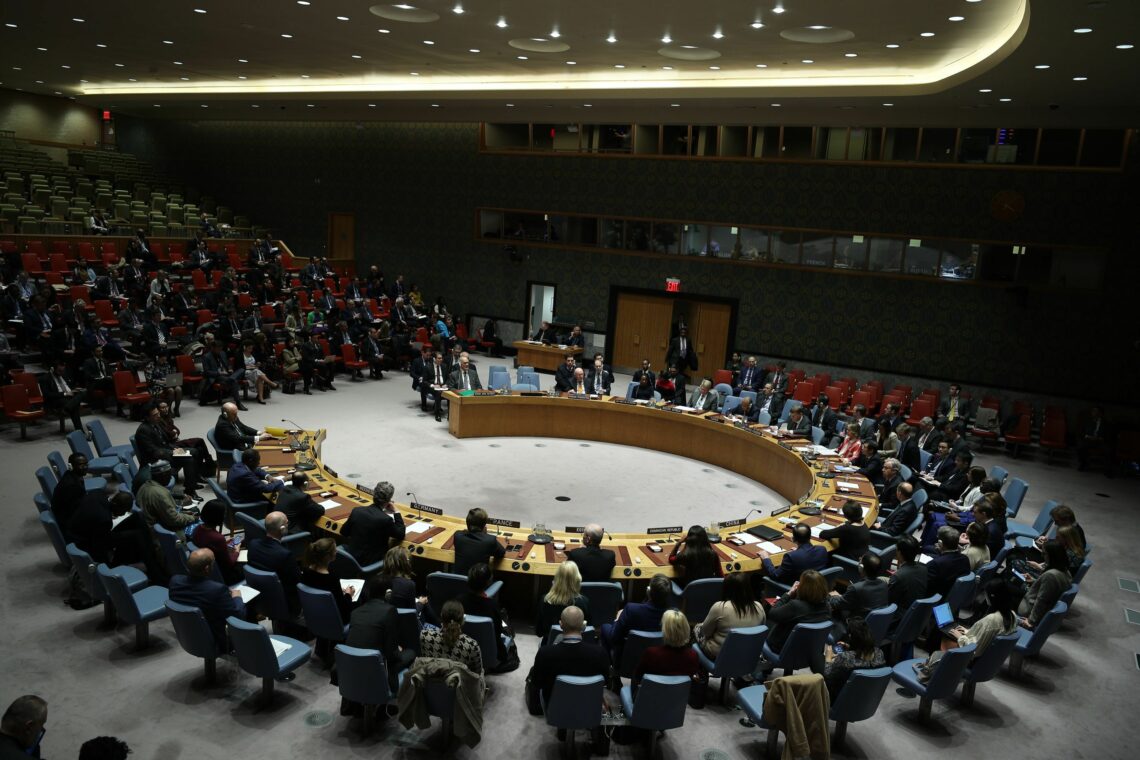
The United Nations has become a place for airing grievances rather than coming to an agreement on common action – even in the face of such serious threats as climate change. The International Monetary Fund has retained much of its sway, but only because major global actors continue to accept its authority. One reason for this could be that the bitter pill of structural reform is better administered by an international organization than through bilateral structures or new and often controversial regional institutions.
Even a well-established regional institution like the European Union seems at a loss for how to handle nationalist challenges to its authority, as represented by Hungary’s Prime Minister Viktor Orban or Poland’s governing party leader Jaroslaw Kaczynski. That NATO, the time-tested bulwark of transatlantic security, was dubbed “brain dead” by French President Emmanuel Macron shows just how far this phenomenon has progressed.
Nationalist leaders are gaining traction in local politics throughout the world – aside from Messrs. Orban and Kaczynski in Europe there is also Geert Wilders in the Netherlands and Marine Le Pen in France. In Asia, even the Nobel Peace Prize laureate Aung San Suu Kyi resorted to nationalism to try and stay in power.
So, while the global institutions established during the Cold War still play a big role in shaping the course of global events, they are also being undermined by leaders who want to change the rules.
Hateful rhetoric
Furthermore, the devastation wrought by two World Wars led to a wave of pacifism among the larger society on both sides of the Iron Curtain. This ardent desire for peace among the broader public was just as responsible for the many decades without a global-scale war as was the mutually assured destruction guaranteed by nuclear weapons. Many politicians themselves had personal experience of the horrors of war, and were able to turn a rejection of violence into a political strength.
Vitriol and implied calls to violence are becoming more common.
Have we forgotten our painful past? Just three generations later, a militaristic nationalism is replacing this enlightened pacifism. Zealots are again playing prominent roles, inciting hatred, blaming their society’s ills on people of different nationalities, races, religions or political views. In many countries, some leaders’ rhetoric borders on hate speech. Vitriol and implied calls to violence are becoming increasingly common.
In Europe, where the two World Wars arguably wrought the most destruction, it seems unfathomable that such violent conflicts could ever happen again. And yet, frenzied nationalism is rearing its ugly head again. Today, it would be difficult to imagine a leader having the moral courage to make a gesture like German Chancellor Willy Brandt’s “Kniefall von Warschau” in 1970, when he famously knelt before the Warsaw Ghetto Uprising monument. Instead, past atrocities are met with silent approval or even outright glorification in some countries – even those considered liberal and democratic.
Social media
Policies are driven by politics, and today politics is driven by social media. And on social media, nationalism is the most potent political ideology. These platforms, which have now almost totally replaced traditional news sources as the main drivers of public discourse, have reinforced previously marginal political views and brought them to the fore. Whole political movements are being built around anti-vaccine, anti-mask and other propaganda, even though they cost lives.
Yet compared to these targeted campaigns, nationalism is an exponentially more potent weapon, able to rally a dangerously large portion of the populace around one central idea: “you belong to the great nation, made of great people, with a great history, a great culture and a great destiny.”
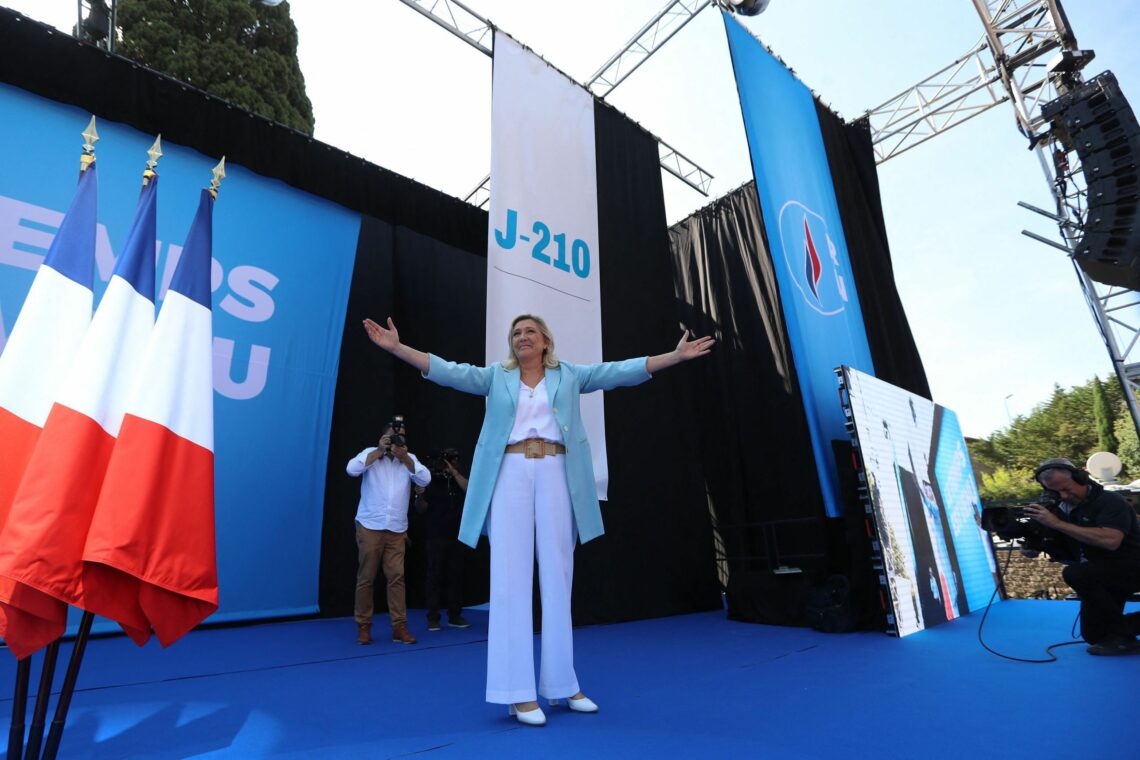
It is just one small step from that “greatness” to victimhood – convincing people that they are being deprived of their great destiny by foreigners, corrupt elites, and so on. Such hateful rhetoric has an enormously destructive force on whatever group it happens to be directed toward. Thanks to social media, the small, scattered minorities that once held such views have grown to become outsized influences on today’s politics. They are large, loud and vote reliably. Nationalism therefore seems to be making a comeback not only within political rhetoric institutions, but as part of mainstream social mores.
Nationalism’s return to prominence is raising levels of mistrust and potential violence within society because its irrationality is replacing the largely rational ideological contest of the past. One should not expect people driven by nationalism to act rationally. Also, on a global scale, the number of actors is much more varied and diverse than the fairly monolithic two camps of the Cold War. All those actors have historical grievances and phobias that become harder to contain once populations are convinced that their way of life is under threat.
Unseen attackers
Development of new weaponry that does not lead to all-out war but enables an attacker to inflict damage in a stealthy, unattributable manner exacerbates instability. Critical infrastructure can be anonymously hacked, biological and chemical weapons can be delivered into the hands of terrorist groups. Recently, several American diplomats in disparate parts of the world all ended up with the same brain injury seemingly out of nowhere – was this a new type of attack? These are just a few examples of the phenomena that are taking warfare to a new level.
Wars could break out over incidents that cannot be attributed to any perpetrator.
What is most dangerous about these weapons is that they offer plausible deniability, making it easier to attack an enemy without risking a conventional counterattack or international condemnation. Previously, assailing a rival required sending soldiers, planes and tanks to invade or kill – potentially risking an escalation or even a nuclear exchange. A modern conflict between two major powers using these new weapons carries no such consequence.
This technological leap in weaponry mirrors the one prior to World War I, as tanks, artillery, aircraft, submarines and machine guns made “total war” possible. However, it differs from the development of nuclear weapons during the Cold War, which risked the total annihilation of humankind. The possibility to stage a major attack against a rival without triggering nuclear Armageddon heightens the risk of conflict. Wars could break out over incidents that cannot be attributed to any perpetrator. A malicious individual or group could trigger a major international crisis.
Battle for a new balance
The Cold War resulted from two great powers having emerged victorious from World War II and clearly defining spheres of influence and only competing on the periphery – where the sphere of influence was undefined or contested. The current situation is more about balancing several large powers in many areas, geographical and otherwise.
China is flexing its muscles, vying for influence in the world commensurate with its rising economic might. Russia wants to reassert its influence in the post-Soviet space, prevent the advance of NATO to its borders and offset the era’s preponderant power, the U.S., through closer alliance with China and other players. Japan, India and Australia are following the U.S.’s lead, pivoting toward a new alignment called the Quadrilateral Security Dialogue (the Quad) to enforce rules and norms meant to maintain the current global order. Europe is trying to define its role in this changing world.
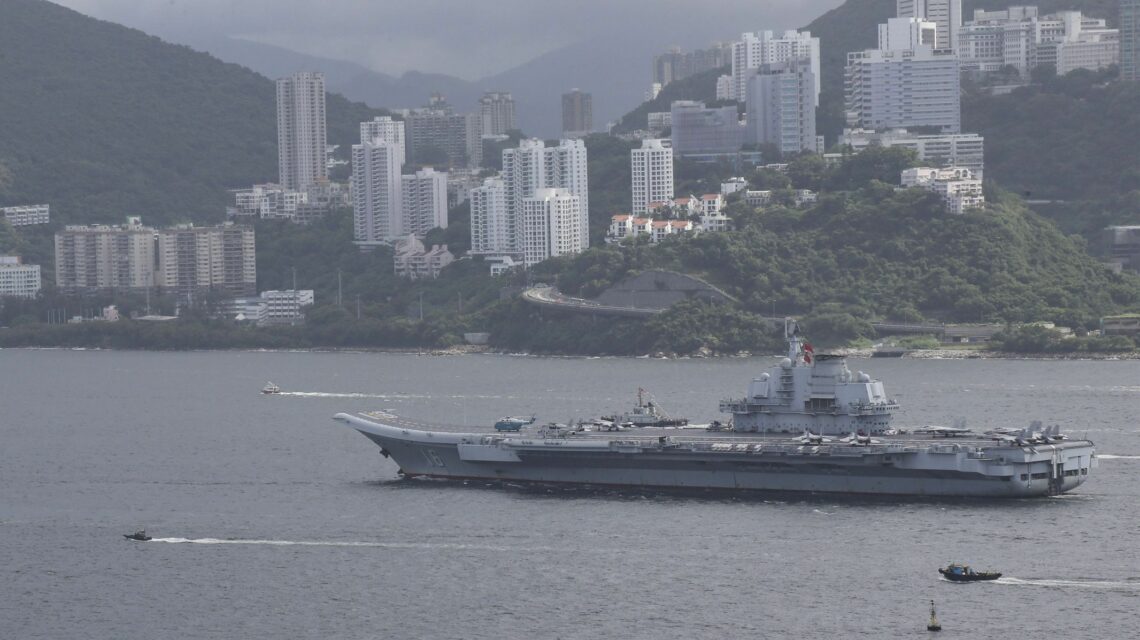
This period of trying to establish a new geopolitical equilibrium will be a dangerous one. The great powers will need to define the rules of the game before it escalates into armed conflict. Regional powers will need to learn to play a role that eases tensions.
Countries caught in the middle will have to keep from being forced to choose between the great powers. Nations that successfully do so could reap the benefits of China’s economic rise and the security provided by the U.S. and its allies. If they can find ways to be useful to both sides, then instead of being vulnerable, they could act from positions of strategic strength. However, as Singapore Foreign Minister Vivian Balakrishnan has pointed out, that “usefulness” should come from a country’s own initiative and be mutually beneficial. These states should not be “made useful” by the powers themselves.
The famous Thucydides Trap, where the hegemon and the rising power are destined for head-on conflict, did not come to pass during the Cold War. The theory does not account for the power of mutually assured destruction. Today, the rise of nationalism, fueled by new uncertainties and backed by new weaponry, creates a dangerous trap indeed. It will require cool and experienced heads to avoid it.
Scenarios
The process of creating a new equilibrium is likely to be fraught with skirmishes at new lines of confrontation: in space and cyberspace, with ultrasound and lasers. All-out nuclear Armageddon is still an unlikely event, but unattributable attacks will take place until clear rules are established and the consequences for breaking them become intolerable. Limited military conflicts will still occur on the fringes of the spheres of influence, especially where communication is limited and nationalism is high. Southeast Asia, for example, fits this bill.
Those low-intensity conflicts may even be encouraged for domestic political purposes to stoke the flames of nationalism and shore up support. Nothing helps win an election like victory in war. For those countries caught in the middle, trying to be “relevant” and “useful” enough to survive, the crucial factor will likely be the strength of their democratic institutions, which ensure accountability for decision-making at the highest level.
One classic feature of a balance of power is that it is highly personalized. A change of leadership – even a democratic one – can lead to a major shift in alliances. The current geopolitical context features very powerful leaders in several of the most influential countries. Under such circumstances, policy positions can take a sharp U-turn at a leader’s discretion, as exemplified by Mao Zedong’s decision to mend relations with the U.S. Changes in leadership in less influential countries (perhaps induced by great powers) will likely result in shifting sympathies as well.
The main takeaway is that instability is the new normal. Even though the Cold War brought enormous tension and the fear of nuclear war, it also engendered a kind of stability – a “strategic stability” as former U.S. Secretary of State Henry Kissinger has put it. But the Cold War rules no longer apply. Efforts to develop new ones that “manage points of contention” (also Mr. Kissinger’s words) have so far failed due to nationalism, domestic politics and short-term geopolitical interests.
This environment is unlikely to favor global solutions to worldwide challenges like climate change, migration, extreme poverty and pandemics such as Covid-19. But the world may finally be forced into strategic stability and common action once the problems become large enough. We can hope that humanity realizes the scope of the trouble it faces and finds a new strategic equilibrium before a major war or global catastrophe occurs.
